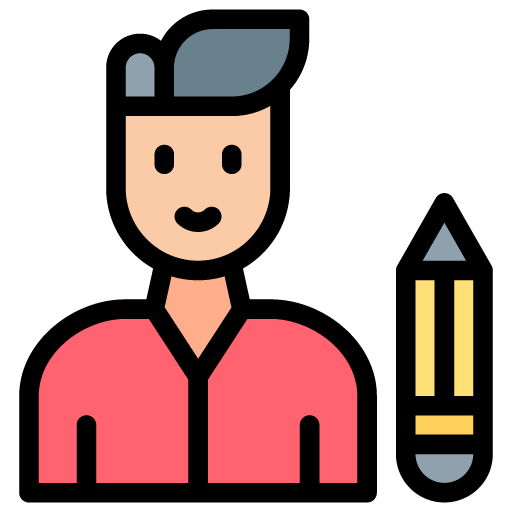The Art of Storyboarding: Planning Your Comic for Maximum Impact

Storyboarding is a fundamental step in comic creation that bridges the gap between your script and the final artwork. It involves planning the visual narrative, organizing panels, pacing the story, and ensuring that your ideas flow clearly and effectively. Mastering the art of storyboarding can dramatically improve the impact of your comic, helping readers engage fully with your story. In this blog, we will explore the principles and techniques to plan your comic through effective storyboarding.
Understanding the Purpose of Storyboarding
Storyboarding serves as a blueprint for your comic. It allows you to visualize the story before investing time in detailed drawings and coloring. By sketching rough layouts, you can experiment with panel arrangements, timing, and pacing to see what works best.
This planning phase helps identify potential issues with the flow or clarity of your story early on. It also provides a guide that keeps your work consistent, ensuring the narrative unfolds smoothly across pages.
Breaking Down the Script
If you start with a written script, the first step is breaking it down into individual scenes or moments. Determine the key events, emotional beats, and dialogue that need to be highlighted. Each of these will translate into one or more panels.
Consider the importance of each moment — is it action-packed, contemplative, or transitional? This will affect the size and composition of the panels and the amount of detail you include.
Planning Panel Layouts and Composition
Panel layout plays a crucial role in guiding the reader’s eye and controlling the pace of the story. Traditional comics often use a grid of rectangular panels, but varying panel sizes and shapes can create dynamic reading experiences.
Larger panels emphasize important scenes or dramatic moments, while smaller, quicker panels speed up the action or show rapid dialogue. Overlapping panels or irregular shapes can add visual interest and convey chaos or urgency.
Always think about how the reader’s eye moves across the page, usually from left to right and top to bottom. Use leading lines, character gazes, or directional cues within panels to guide this flow naturally.
Balancing Text and Visuals
A common challenge in storyboarding is balancing dialogue and narration with the artwork. Too much text can clutter the page and overwhelm the visuals, while too little can leave the story confusing.
Use the storyboard to experiment with where to place speech bubbles and captions. Consider breaking up long dialogues across multiple panels or simplifying text to keep the pacing smooth.
Remember, comics are a visual medium — show, don’t tell. Use expressions, gestures, and backgrounds to communicate as much as possible without relying solely on words.
Establishing Rhythm and Pacing
The rhythm of your comic affects how readers experience the story. Storyboarding lets you control this by adjusting the number of panels and their arrangement.
Slow, emotional scenes benefit from fewer, larger panels that encourage lingering. Fast-paced action sequences often use many small panels in quick succession to create a sense of urgency.
Varying rhythm throughout your comic keeps readers engaged and enhances the emotional impact of key moments.
Incorporating Camera Angles and Perspectives
Think of your comic as a film. Different camera angles and perspectives add depth and drama to your scenes.
Use close-ups to capture intense emotions or details, wide shots to establish setting, and dynamic angles to increase tension or action. Your storyboard is the place to sketch these ideas roughly and decide what works best for each scene.
Experimenting with perspectives early helps avoid flat or repetitive visuals and makes your comic more visually exciting.
Keeping Flexibility in Your Storyboard
While storyboarding is a planning tool, it should not be too rigid. Allow room for changes and spontaneous creativity as you move into detailed drawing.
If a panel or sequence doesn’t feel right during the inking or coloring stages, don’t hesitate to revisit and revise your storyboard. Flexibility ensures that the final comic is polished and impactful.
Tools for Storyboarding
You can storyboard traditionally using pencil and paper or digitally with software like Clip Studio Paint, Photoshop, or dedicated storyboard apps.
Digital tools offer advantages such as easy editing, layering, and resizing panels. Choose the method that best suits your workflow and comfort.
